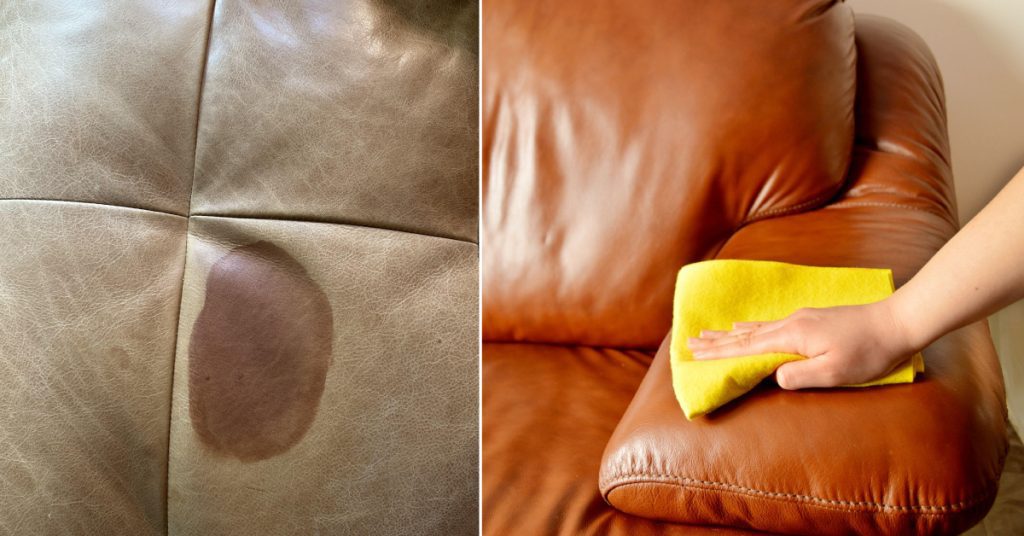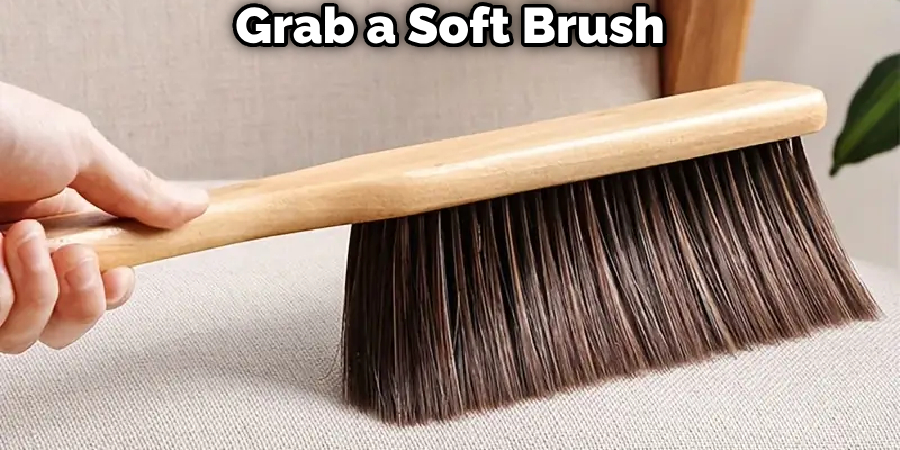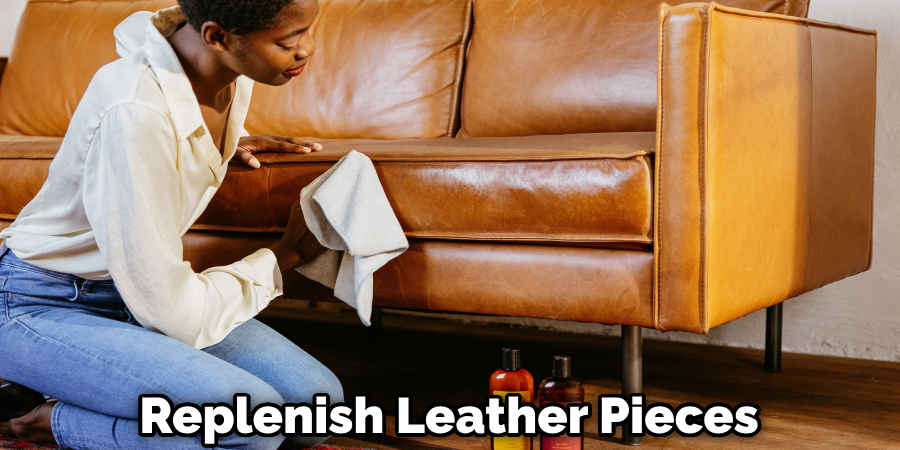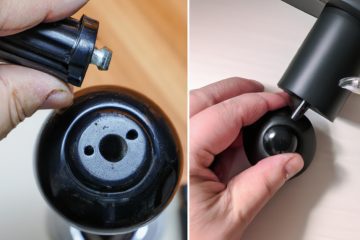Nothing complements a living space quite like a handsome leather chair or two. The rich material adds a refined, luxurious touch. However, over time body oils, lotions, and life’s spills can leave unsightly grease stains on leather furniture. Getting these pesky oil stains out takes a gentle approach and the right cleaning methods to avoid damaging the leather. This article will walk you through the proper techniques for how to get oil out of leather chair and have them looking fresh in no time.

Key Takeaways:
- Blot fresh spills immediately with dry cloths to prevent setting.
- Baking soda, cornstarch, and talcum powder draw out oils overnight.
- Dish soap solution gently cuts through grease if allowed to set.
- White vinegar solution safely tackles stubborn oil stains.
- Always condition leather after cleaning to replenish oils.
Understanding Leather Grades
Leather comes in different grades, and its type will shape your approach to the safest and most effective stain removal. According to cleaning experts and leathercrafters, aniline leather retains the highest natural quality with unparalleled softness yet lacks a protective finish, demanding cautious handling with gentle solutions only. Semi-aniline leather holds added durability thanks to thin surface protection, allowing more leeway in your oil-tackling cleaner of choice.
Pigmented leather can take on more hardworking leather cleaners thanks to its heavier polymer coating, but you still want to avoid harsh chemicals. Check your furniture’s tags against these grades and test inconspicuous spots before applying any cleaning agent more widely.
5 Tested Methods for How to Get Oil Out of Leather Chair
Here are 5 tested methods for how to get oil out of leather chair:
Method 1: Blot Quickly
Leather behaves something like a sponge when it comes to soaking up spills faster than you can grab a towel. As top leather furniture outlets and specialty purveyors advise, blot fresh olive oil drips, surplus body oils, and mystery grease immediately using dry cloths, gently absorbing as much liquid as possible to curtail stain setting without aggravating the leather surface by rubbing. Switch to new cloths and repeat absorbency action until the area with a dry cloth comes away stain-free.
Method 2: Baking Soda and Cornstarch Absorbers
Once blotted, coat older or stubborn stains with common kitchen ingredients baking soda, or cornstarch, suggests DIY cleaning guides, leather repair tutorials, and professionals. These powders work like a charm by pulling fatty oils out of leather furniture or leather goods through overnight absorption magic.
Come morning, grab a soft brush, gently whisk away residue then reapply if needed. Talcum powder also cuts this method. Just avoid rough cloths that could rub particles further into leather fibers, creating more cleaning woes later.

Method 3: Lift Grease with Dish Soap
Leading leather experts and restoration guides green light mixing mild dish soap with water to create a gentle cleaning foam for pigmented leather grades when stains have set in, after blotting of course.
Using soft damp microfiber cloths or sponges, work the solution over oil-stained patches with light circular motions like you would condition leather. Rinse thoroughly then repeat if spots persist, taking care not to oversaturate leather pieces in the process. Let surfaces dry fully between sessions.
Method 4: Vinegar’s Acidity Attacks Oil
White vinegar offers an all-natural oil-cutting agent that lifts grease off leather goods without stripping essential oils from the material or otherwise damaging it in the process, revealing DIY tutorials from leatherworkers, vintage furniture restorers, and cleaning pros. Simply mix equal parts white vinegar and water.
Then dip soft cloths into solution to gently wipe stained areas using those effective little circles. See stubborn stains fade away. Rinse cleaned leather pieces with fresh damp cloths before reconditioning.
Method 5: Replenish Oils
Once degreased, replenish leather pieces with specialty conditioning creams designed to nourish individual leather grades. Massage these specially formulated moisturizers into chair and sofa surfaces using more of those gentle circulations. Consider preventative conditioning to deter future staining while keeping beloved leather supple and vibrant.

FAQs About How to Get Oil Out of Leather Chair
What Removes Oil From Leather?
To remove oil from leather, you can try using talcum powder or cornstarch by sprinkling it on the stain and then wiping it off, or create a mild soapy solution with dish soap and water to dab onto the stain. Another method is to make a paste with baking soda and water, apply it to the stain, and then wipe it off. Additionally, you can use a commercial leather cleaner designed for removing oil stains, following the instructions provided. Always test any method on a small area first to avoid damage to the leather.
Does Oil Destroy Leather?
Yes, oil can potentially damage leather. When oil permeates leather, it can weaken the material, cause discoloration, and affect its texture. Additionally, if left untreated, oil can lead to permanent stains on the leather. Therefore, it’s important to address oil stains on leather promptly using appropriate cleaning methods to prevent potential damage.
Conclusions
With the right combination of immediate action, time-tested oil-busting potions, and tender loving care, you can win the battle against those inevitable grease stains threatening your fine leather furnishings. Stay vigilant to keep your chairs gorgeous for the long run with preventative measures like furniture covers when not in use.


